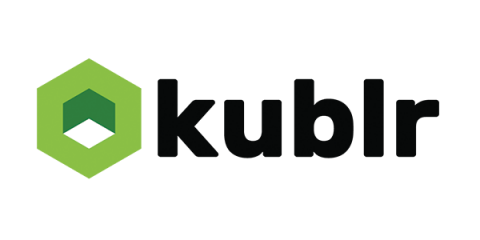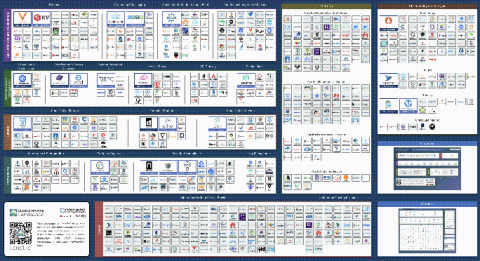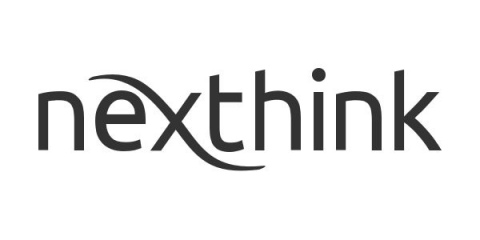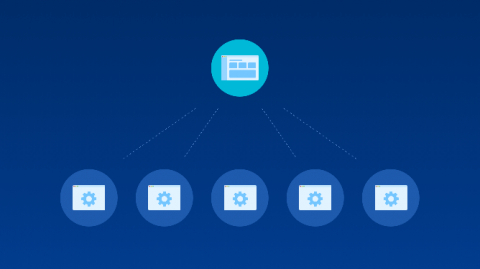Kubernetes 101: What is Kubernetes?
Open-sourced by Google in 2014, Kubernetes is a container orchestrator. That means it enables users to deploy and manage apps distributed and deployed in containers. It takes care of scaling, self-healing, load-balancing, rolling updates, etc. The project is managed by the Cloud Native Computing Foundation (CNCF) along with multiple other open source projects, and you can find it here on GitHub.











